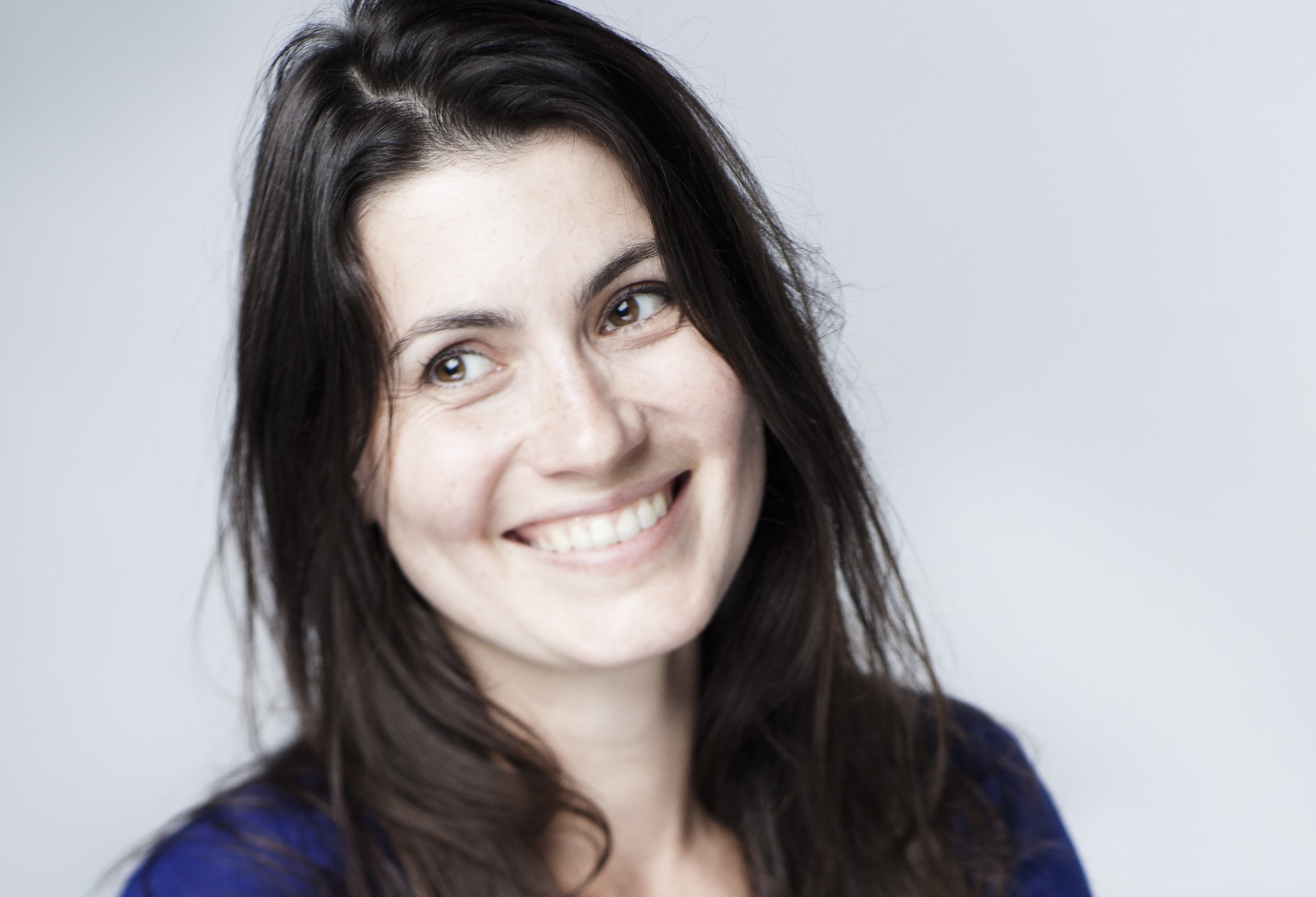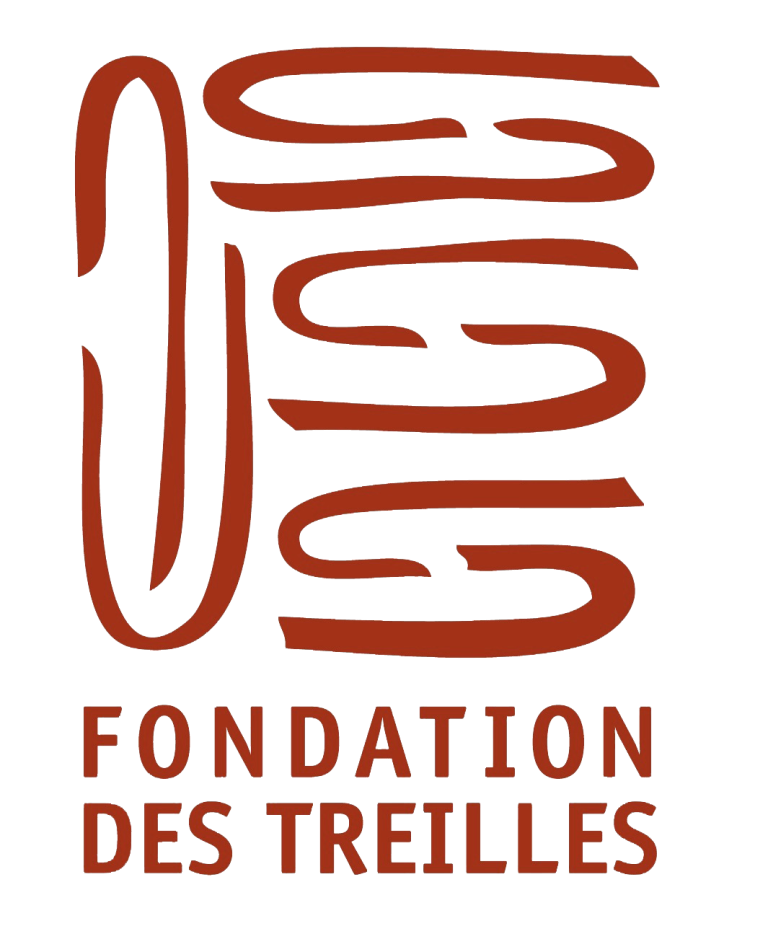Julie Bourges
Photographer
March-April 2025

- Visual Arts
- San Francisco
“The representation of the hand is central to my work on women and the sea. The importance of its use in this type of navigation has fueled my interest in Polynesian navigation. In addition to the stars, they oriented themselves using the sun, the flight direction of birds, currents, water salinity, floating debris, the scent of land, and their instinct.”
As a child, I spent long hours reading and imagining other worlds. Today, I transform reality by photographing it and creating another that seems more beautiful and mysterious to me.
I have always been drawn to artists who blur the lines between reality and dreams: Fellini, Angelopoulos, Calvino. They alter our perception and open it to a more subtle level. I enjoy minimalist, fragmented images that allow the imagination to find its place. By breaking the world into small pieces, I try to understand it better, find its landmarks, and alter its contours. My images are intended to be abstract, timeless, and symbolic.
For about a decade, I created highly introspective series that are like passages or journeys. “Umbra” immerses us in the Parisian night. “Haïkus” wraps us in the fog of the Venetian lagoon in search of an elusive horizon. “Absent Bodies” probes the mystery of transmission and familial and ancestral bonds.
Today, I wish to animate my images by adding narration. Drawing from Clarissa Pinkola Estés’ book, Women Who Run with the Wolves, I have started a series of stories about women connected to maritime professions. Straddling mythological tales and contemporary characters, these modern legends encourage us to reconnect with our natural strength and our buried wild nature.
Julie Bourges began photography in 2004, focusing on documentary work. It was with her series “Flamencos” in 2009 that she shifted towards a more poetic approach. In 2021, she received support for documentary photography from the CNAP for her entire project on women and the sea, which she has been developing since 2018. In 2022, she was awarded the major photographic commission from the BNF for her project on women in fishing. In 2023, the “Residency for Photography” prize from the Fondation des Treilles enabled her to start her chapter on female navigators. In 2024, her series “Les eaux-fortes” won a special mention at the Eurazeo Prize and was a finalist at the Villa Noailles Festival.
After years dedicated to developing my project on women and the sea in France, I wish to expand it by exploring new horizons, imaginations, and beliefs.
Polynesia has presented itself as an obvious choice. Polynesians are known for their exceptional navigation skills. Three thousand years ago, sailors embarked on large canoes they had built themselves to explore the Pacific. They read the celestial vault like an inverted map that allowed them to know exactly where they were and which direction they should go. The stars helped them determine the geographic positioning of their canoe using their hand as a measuring tool. The representation of the hand is central to my work on women and the sea. The importance of its use in this type of navigation has fueled my interest in Polynesian navigation. In addition to the stars, they oriented themselves using the sun, the flight direction of birds, currents, water salinity, floating debris, the scent of land, and their instinct. For centuries, this remarkable knowledge of navigation was passed down from generation to generation through chants. Today, much of this knowledge has nearly disappeared due to the rise of Western technology, but some navigators still practice it and make it a point to transmit it.
Kala Tanaka is one of the navigators who practices and teaches this traditional navigation. She lives in Maui and is one of the “spokespeople” of this community. I wish to meet her and follow her in her activities. I will then photograph various women who navigate in the region. This chapter will be born under the stars and will be enriched by Polynesian traditions, thus reinforcing the mythological dimension of my work.
I chose to undertake my residency in Hawaii because, according to the current state of my research, the Polynesian islands are where this traditional navigation is most vibrant.
I will be based on the island of Maui, which is the second largest island in Hawaii after Honolulu. I hope to sail with the women who practice this navigation in the archipelago and explore other Hawaiian islands from the sea with them.
In partnership with

Fondation des Treilles
Located in Provence, France, the Fondation des Treilles was created by Anne Gruner-Schlumberger. Its mission is to support and promote dialogue between research and creation by organizing and hosting seminars, study stays and residencies in writing, photography and musical composition.

